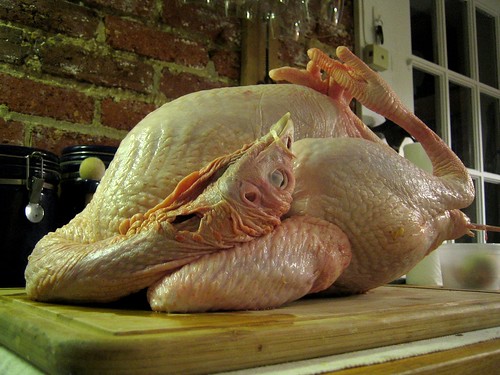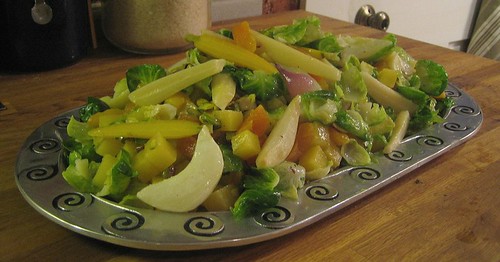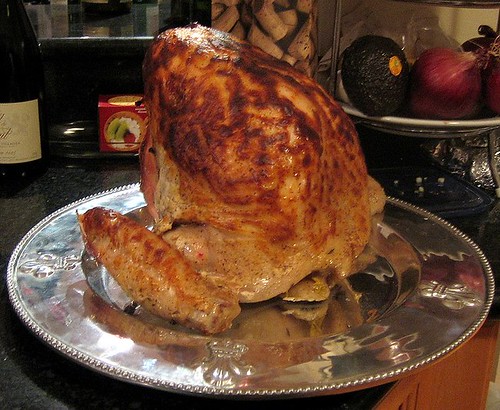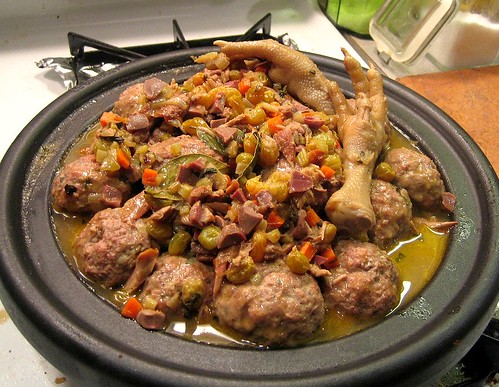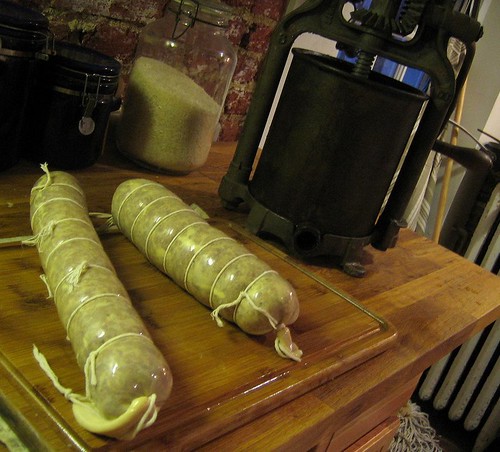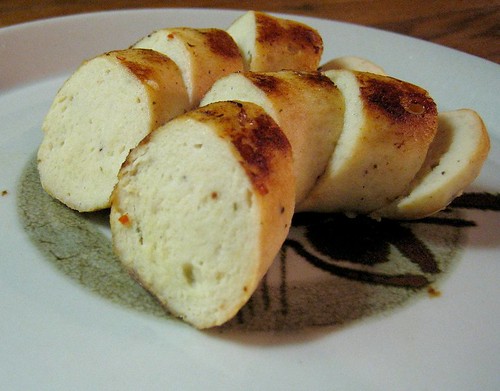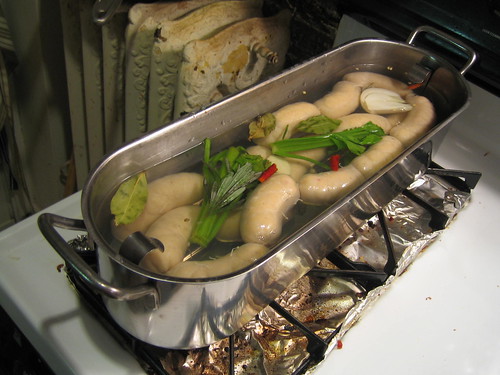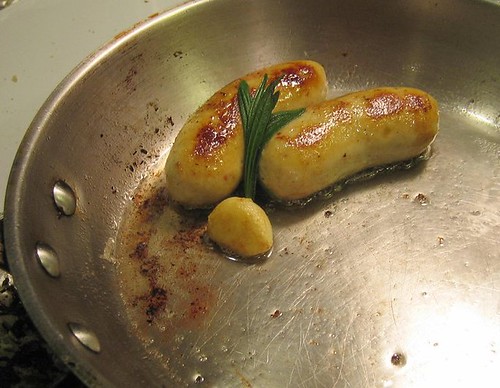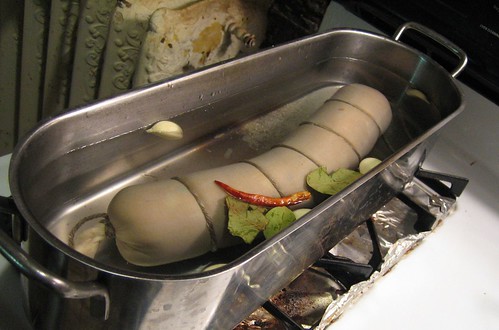Monday, September 28, 2009
Moving to Wordpress
http://kitschnclassics.wordpress.com/
The 2 of you who look at this every other hour or so will have another site to do the same.
Thursday, September 24, 2009
Let us talk turkey.
The epicurean’s stuperbowl is nary 2 months away and in order to get the cream of the guest crop, 2B3S (Gluttony Digest Editor and Prussian war re-enactor) and I are currently considering applications to offer 4 secular Thanksgiving day dinner seats to sophisticated guests with elegant sensitivities.
The hosts’ familiar guest base dwindles during the Thanksgiving season due to family obligations but previous feasts have been nothing short of deliciously successful save for a cornucopia of remarkably tactless infractions of etiquette by a few lowbrow guests who: 1. brought “Doritos” and other Frito-Lay products; 2. lost a tooth and was not bashful about showing it around; 3. asked for plates and served other convives like it was a prison cafeteria and started eating before the host had even seated; 4. tried to discuss fellatio with the prude red-head catholic girl; 5. yep, you guessed it, wore a fucking sweatshirt.
Refreshing pioneers and/or experts of any esoteric field, collectors, inventors, adventurers, marine biologists, history enthusiasts, roadie experience, comedic gift, convincing sleight of hand, Scandinavian women and foreign accents are preferred. Perspective guests should be able to provide sample anecdotes, 2 social references and agree to an interview at the bar of the Mayflower hotel (naturally). Gluttony, profuse perspiration, war crimes, boors, bores, louts, activists, political/religious zealots, kleptos, unfounded arrogance, podiatrists, prudes, picky palates, French Québécois accents and a standing height of over 6' 4" are deal breakers (due to low ceilings).
Selected guests are expected to wear clean shoes and dress appropriately: cardigan and corduroy for the gents; ankle length dresses and modest blouse for the hopefully busty ladies. Guests will bring a proper bottle of wine (which we can recommend) as a measure of gratitude and good form.
The entirety of the meal will be prepared in house by an accomplished cook host and adhere to the traditional format of hors d’oeuvres and libations, soup, hot appetizer, Amish Heritage turkey in 2 preparations, seasonal vegetables, stuffing, starch, desert, etc... Interested guest can send an e-mail query for more details and consideration
These previous menus should assuage any concerns of sustenance and cookery aesthetics.
TG2008: Hommage to Turkey
-11,000,000 milligram Amish Turkey (hence the cheeky currency denomination), Mulled Cider, Humus and Home, Made Pide Bread, Pickled Fish, Foie Gras, Red Lentil and Celeriac Soup, Potatoes with Anchovies and Cumin, Pumpkin and Barley Stuffing, Cranberry and Walnut Baklava, Backgammon, Massage
with Apricots and Pistachios
Monday, September 21, 2009
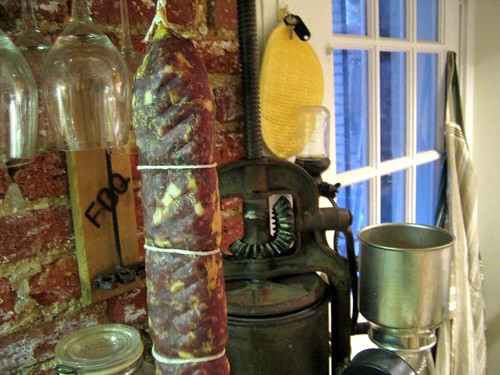
A liberal interpretation of “rosette” since a beef middle was use in lieu of the traditional and difficult to source pork rosette, the veritable terminus of the pig’s digestive tract whose shape and alleged “odor” give the rosette its reputed characteristic taper and… taste? After intense research through both professional and artisanal French charcuterie formulations, and a disastrous beta version, a widow of imperative seasoning proportions was tentatively established and put to test. The salt proportions varied from a well keeled 1.5% to a 3.5% Superbowl party saltlick.
Initially, based on the recurring 2.8%, such a quantity of salt was used but the result was unsavory, or rather extra savory and on the cusp of parching. And so the first foray into dry cured sausage (2 pieces) was unsuccessful but taught a fundamental lesson in fermentation after too lengthy of an incubation. The basement kitchen was thought to have been sufficiently cool and dark enough to support a longer incubation period but after a week in the upper 60’s, despite shrinking, both began to ferment. A better approach would have been to refrigerate one earlier and then compare notes.
Both sausages were refrigerated for 6 weeks in a home refrigerator at a cooler temperature than what would be ideal (44˚F so that other immediate perishables would not spoil) and began to develop a slight bloom after the 3rd week. The test of taste was a formidable challenge in gustatory fortitude after the first cut given that the cavities in the sausage were lined with spectacular green mold (insert blushing emoticon). The ends were salvageable and had a distinctively cured taste, though in the heavier spectrum of salty. Invariably, as with any endeavor, elements of theory and practice were learned at the expense of a failed product and applied to the next since anything worth ef’ing up once is worth ef’ing up twice and maybe thrice.
The 2.0 version was limited to 2.2% salt, the same .5% sugar (to help in the initial fermentation which creates lactic acid and bla-bla-bla) and 48 hours incubation, then into the fridge. After 4 weeks:
Current conclusion:
The 48hr incubation period, as recommended by Len Poli and other resources appears to have been effective and the sausage feels firm which would indicate that there are no cavities. Next update in another 4 weeks.
Thursday, September 17, 2009
White Boudin from Avranches
Boudin Blanc, Beta version. An emulsified chicken sausage with fatback, onions and a panade, poached and then browned in duck fat. Upon returning from a Labor Day weekend on what a generation ago was an entirely sustainable 275 acre farm in southwestern
Measurements were made based on the weight of the suspiciously yellow lab-raised protein do determine proportions of fatback, onion and bread/cream panade (French boudin designation can not exceed 5% starch content). The onions were sweated in foie gras fat with chili pepper, salt and lavender until soft, then cooked uncovered to evaporate any remaining water. The dried bread was soaked in cream and the chilled fatback was diced. All was ground though the small die and then puréed with the help of water and cream*, seasoned, paddled and pressed into hog casings. The boudins were poached in seasoned water (salt, chili, bay leaf, lavender, garlic) for 40 minutes, which in hindsight may have been twice too long. They were left to cool in the liquid.
To serve, the boudins were removed from their casings and browned in duck fat with garlic and lavender. While not entirely unpleasant, the chicken flavor was muted, perhaps due to the inferior product used or the traditional fillers.
Initial shortcomings and screw ups:
The cooked onions should have been moistened with a splash of sherry vinegar and some chicken glace to give a more pronounced poultry flavor.
*As for the texture, the forcemeat should have been ground twice through the fine die and then puréed without cream and more liquid (from the onions and panade) or whole milk to give a smoother final product as with the cervelas. The boudin’s texture was ever so slightly shamefully gritty, which may also have been a result of the cream breaking in the food processor. Eureka? In haste to find an authentic, vintage recipe, the properties to cream and modern technology were overlooked. Cream turns to butter in a food processor. The original recipe, which predated Pierre Verdun’s 1963 food processing gizmo –now generically dubbed the “Robot Coupe”, yet pronounced "Row-beau Coop"- called for pounding the forcemeat through a pedestrian sieve, just as generations dating back to Taillevent had done.
Wednesday, September 2, 2009
Cervelas de Mont Plaisant
aux pistaches et poivre noir
 Mount Pleasant Cervelas
Mount Pleasant Cervelaswith pistachios and black peppercorns
Behold the cervelas. An emulsified French pork sausage which varies regionally in terms of content and cookery. Certain Alsatian preparations call for the sausage be smoked or have it stuffed with gruyere and wrapped in bacon. Ouf.
In this comestible prototype the cervelas is a “white” emulsified pork sausage with pistachios, black peppercorns, fatback and spices stuffed into a beef middle. It is cooked in seasoned water for an internal temperature of 150˚.
Those in
The Swiss cervelas traditionally used, almost exclusively, Brazilian zebu casings, which were deemed the best, however recent European Unions regulations have banned the import of Brazilian beef since the World Organization for Animal Health listed
While the name is derived from the Roman renaissance term for sausage cervelatto from the diminutive Latin word for cerebrum (brain) since back in the day, cervelas allegedly used to contain brain, according to the CICT (Centre d'Information des Charcuteries-produits Traiteurs)
Hopefully this one, albeit humbler than the one served at Per Ser, will earn a better criticism. Personally, the final product's initial shortcomings were that the forcemeat could have benefited from slightly less water and perhaps cooked a bit longer and to a higher temperature of 160.

